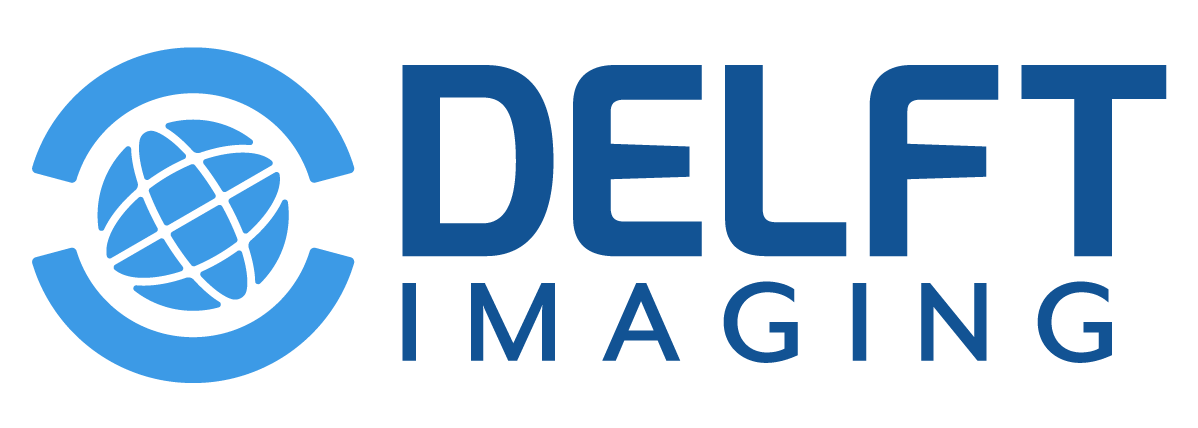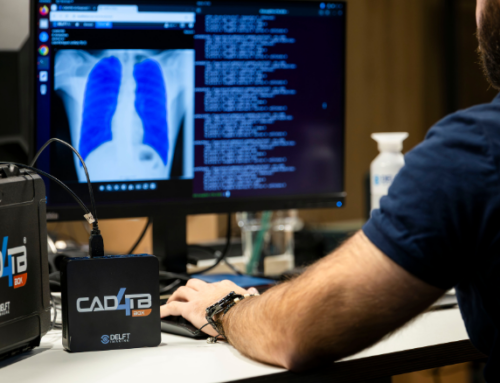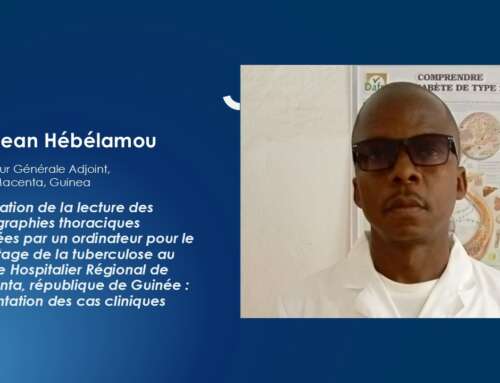According to the WHO Global Tuberculosis Report 2023, approximately 10.6 million people contracted TB in 2022, yet one-third of these cases remain undiagnosed or unreported. In a 2024 Delft webinar, Dr Alex J. Scott from the University of Cape Town, South Africa, highlighted innovative solutions to address these challenges, focusing on portable X-ray systems and CAD software for TB detection.
“Of the 10.6 million people that are estimated to have fallen ill with TB, there’s still one in three. That is an extremely large number of 3.1 million people globally. And if we are to find these patients, we’ll need optimum screening and diagnostic strategies and tools if we’re going to implement strategies to end TB,” Dr. Scott emphasized.
Advancements in Radiological TB Screening
Ghana faces significant hurdles in the fight against TB, including limited resources and a high TB burden. Traditional methods of TB detection, which rely heavily on symptoms and sputum tests, often fall short in identifying asymptomatic cases.
Introduction of Digital X-Ray and CAD4TB
Radiological screening has evolved significantly from analog systems to advanced digital technologies. The latest innovations include ultra-portable chest X-ray systems and AI-driven CAD software, such as the CAD4TB platform. These advancements offer promising solutions for TB detection in community settings, enabling rapid and accurate screening.
The Role of AI in TB Detection
CAD systems, like CAD4TB, utilize deep learning neural networks to interpret chest X-rays, identifying abnormalities indicative of TB. These systems provide an abnormality score (e.g., 0-100) that helps determine whether a patient requires further confirmatory testing. Dr. Scott elaborated, “CAD is an AI-driven system that’s based on deep learning neural networks that interpret abnormalities on chest X-rays. These abnormalities are noted as either suggestive of TB or not, usually expressed as an abnormality score. In the case of CAD4TB, it’s zero to 100. And that is deemed positive or negative if it’s above or below a pre-calibrated threshold.” This AI-powered assistance enhances diagnostic accuracy and efficiency, crucial for large-scale active case-finding (ACF) initiatives.
The XACT Model: A Paradigm for Community-Based TB Screening
Dr. Scott’s presentation introduced the Xpert-orientated Active Case Finding (XACT) model, an integrated approach combining portable X-ray systems with CAD software to enhance TB detection in high-burden communities. This model has been validated through a series of studies over the past decade:
- XACT I (2011-2015): Demonstrated the proof of concept using a mobile clinic setup, screening nearly 4,500 individuals in South Africa and Zimbabwe, with a 9% TB detection rate among symptomatic or HIV-infected individuals. Dr. Scott explained, “We then took the model further and wanted to demonstrate the efficacy of this scalable model of a portable and mobile expert system where we could go into these high-burden communities.”
- XACT II (2016-2020): This study showed the efficacy of a scalable mobile clinic model, achieving a 10% detection rate and identifying almost all probably infectious TB cases. Dr. Scott discussed the study, “We found that screening over 5,000 people actually increased our detection rate. And importantly, the expert itself detected almost all probably infectious TB.”
- XACT III (2020-2024): An ongoing study aiming to validate the model’s feasibility and impact across four African countries: South Africa, Zimbabwe, Zambia, and Mozambique, with plans to screen 17,000 individuals. “We rapidly screened almost 17,000 people in four sub-Saharan African countries, and this will be an important study to show that this model is both feasible and has a major impact in detecting TB and likely infectious TB,” Dr Scott stated.
Portable X-ray Systems and CAD
The evolution of radiological technology from analogue to digital systems has significantly improved TB screening capabilities. Dr. Scott highlighted the integration of ultra-portable chest X-ray systems, like Delft Ultra, and AI-powered CAD software as pivotal advancements. CAD systems, such as Delft Imaging’s CAD4TB, utilize deep learning algorithms to interpret chest X-rays, providing an abnormality score for TB diagnosis.
Critical Benefits of CAD in TB Screening
- Enhanced Sensitivity: CAD systems can detect subtle abnormalities indicative of TB, even in asymptomatic individuals.
- Heatmap Visualization: These systems generate heatmaps that highlight potential areas of concern, aiding radiologists in their assessments.
- Scalability: Portable X-ray systems coupled with CAD are particularly beneficial in community-based settings, enabling large-scale screening with minimal infrastructure.
Dr. Scott shared compelling case studies demonstrating the effectiveness of this integrated approach. For instance, a 37-year-old asymptomatic male with a normal chest X-ray reported by a human reader was found to have a CAD4TB score indicative of TB. Subsequent culture tests confirmed the diagnosis, showcasing CAD’s ability to identify cases that might otherwise be missed. “This individual, although normal appearing X-ray with a relatively low score, was culture positive and showed on the CT to have thin-walled cavities,” Dr. Scott noted.
In another case, a 35-year-old asymptomatic female, also HIV-negative, had an X-ray suggestive of active TB. The CAD4TB system provided a high abnormality score, and subsequent tests confirmed TB, highlighting the system’s ability to identify cases that conventional methods might miss. Dr. Scott emphasized, “These two cases are examples of relatively asymptomatic healthy individuals that are examples of probably infectious TB who had likely not attended healthcare facilities and were only detected through community-based active case findings.”
Overcoming Challenges and Looking Ahead
Implementing such advanced diagnostic solutions is not without challenges. Regulatory approvals, training, and managing patient follow-ups are critical components that need addressing. However, the benefits far outweigh these hurdles, especially in terms of improving TB detection rates and, ultimately, public health outcomes.
Dr. Scott concluded by emphasizing the importance of community engagement and collaboration with local leaders and advisory boards to ensure the success of these initiatives. The data generated from these efforts are vital for informing national TB programs and shaping future screening strategies.
Integrating portable X-ray systems and AI-driven CAD software represents a significant leap forward in TB detection and control. By optimizing active case-finding strategies and leveraging advanced diagnostic tools, we can bridge the gap in TB diagnosis and move closer to eradicating this devastating disease. Delft Imaging’s innovative solutions are at the forefront of this effort, offering new hope in the fight against TB.



